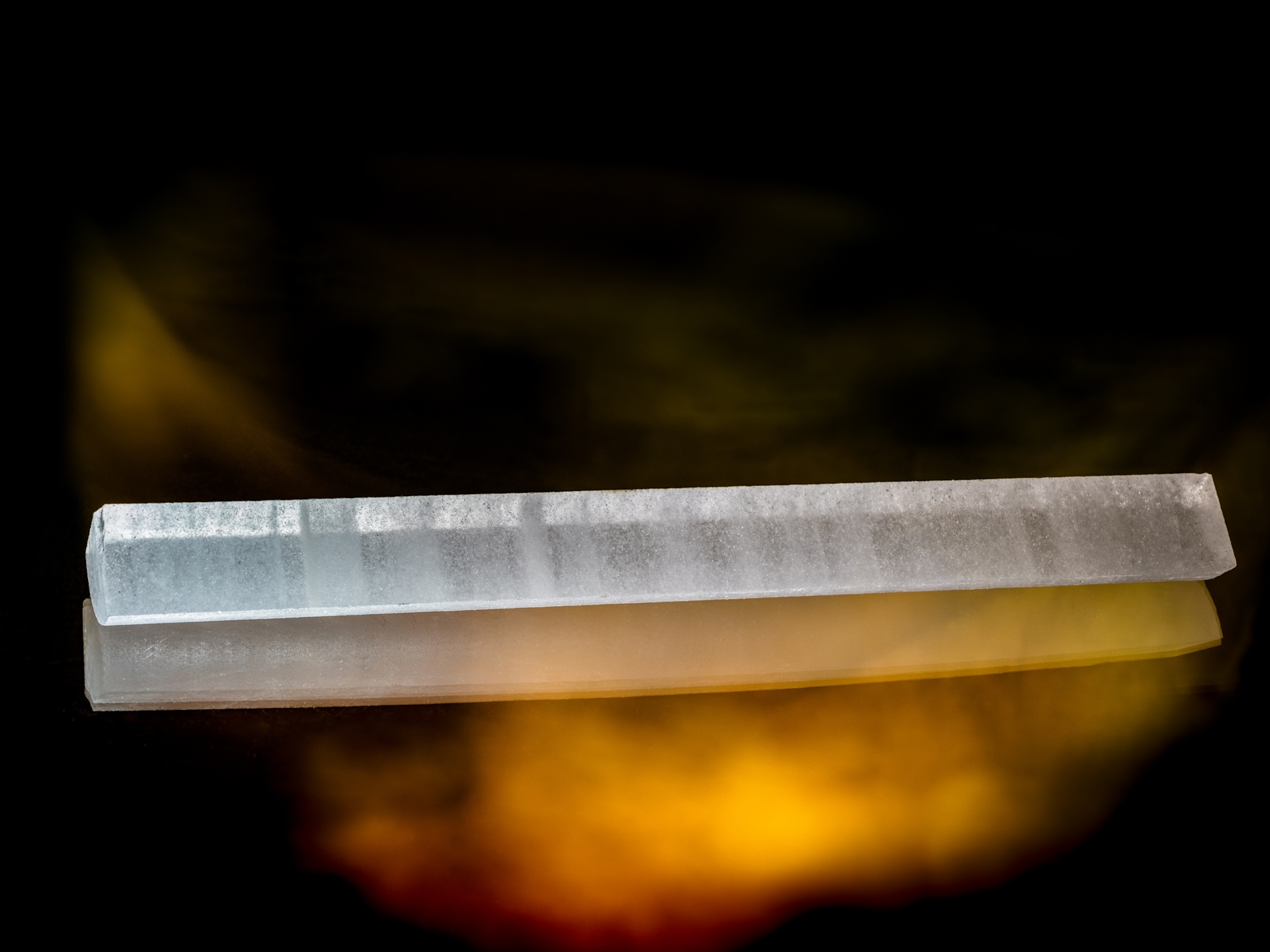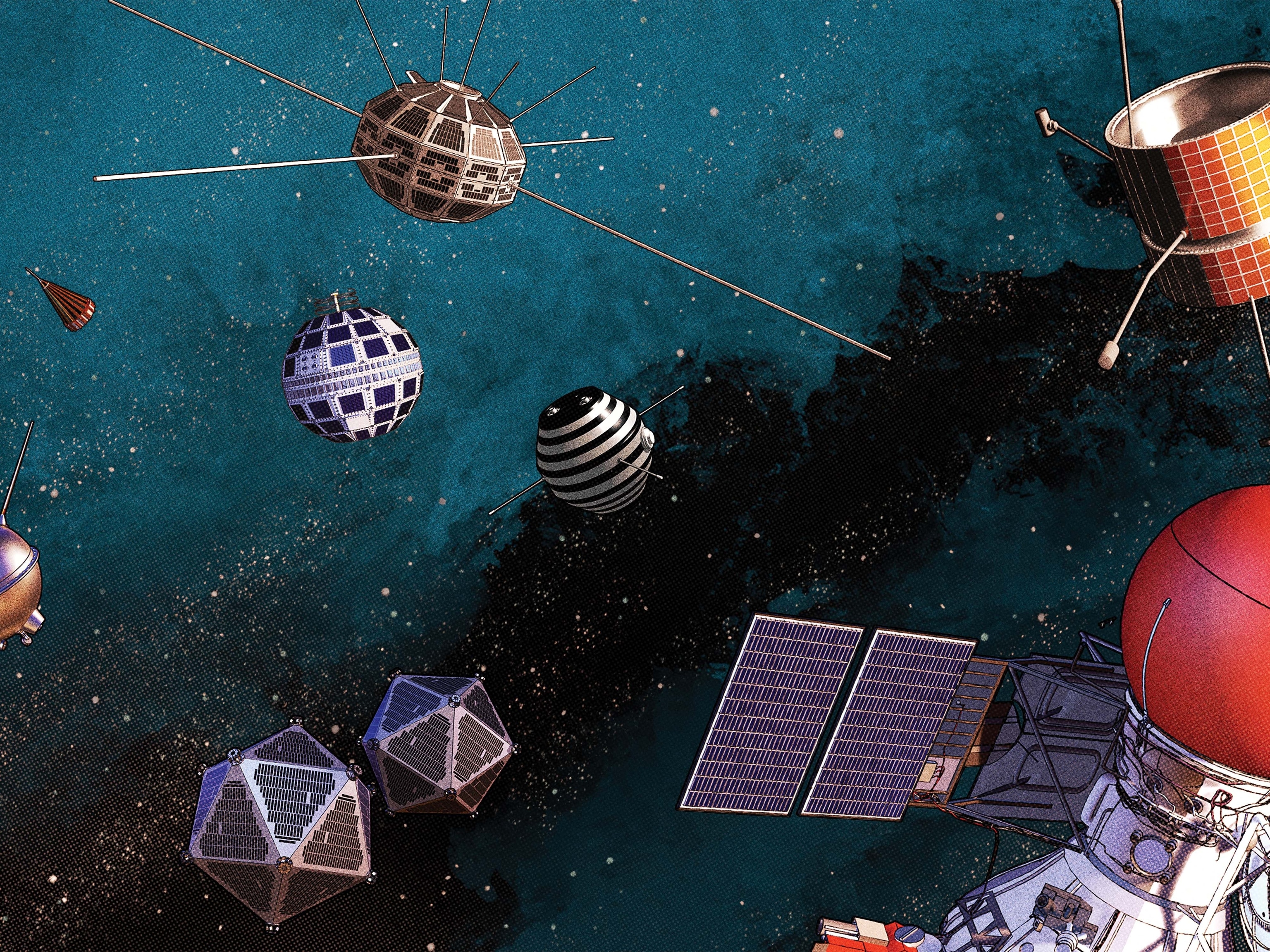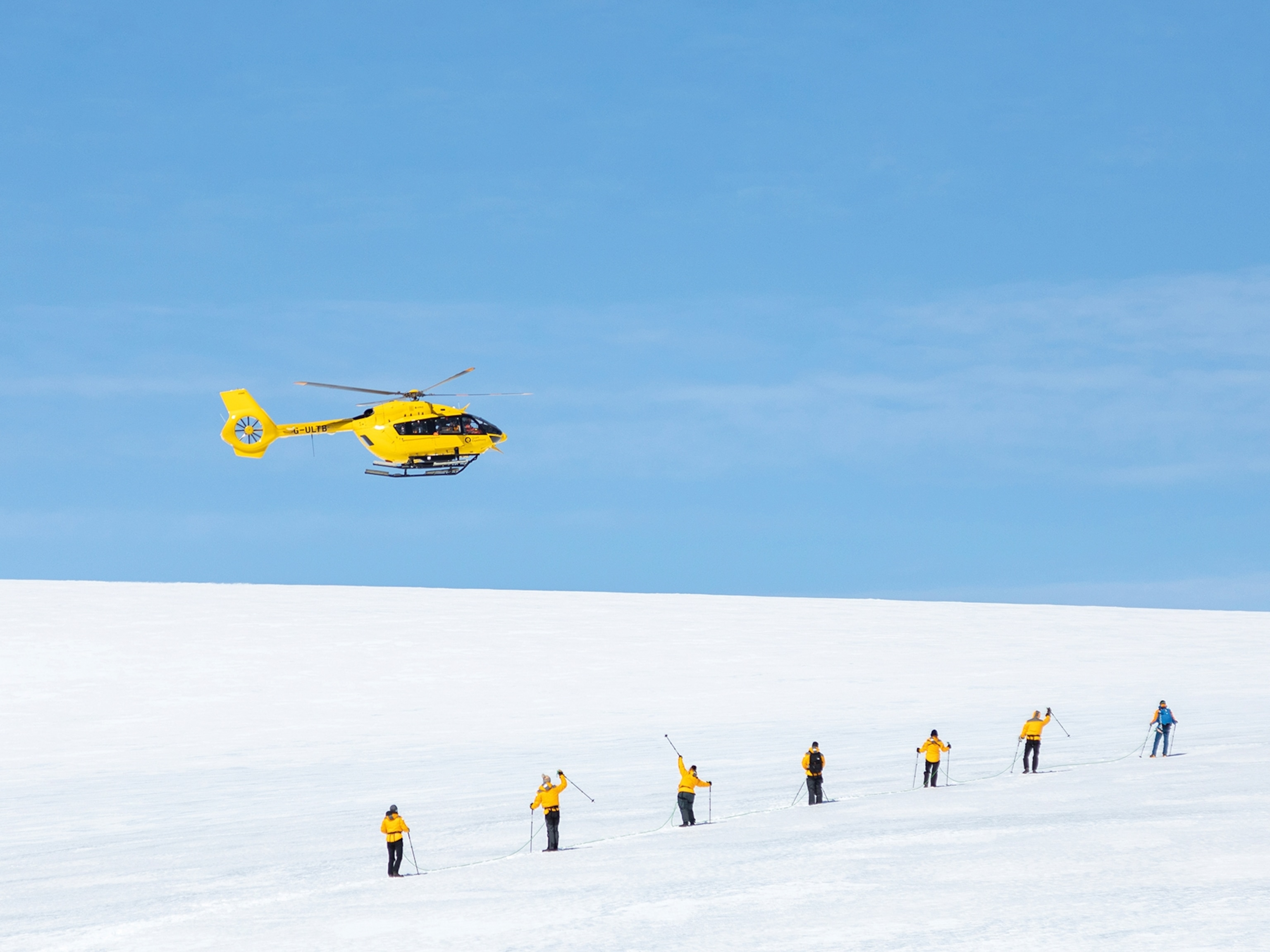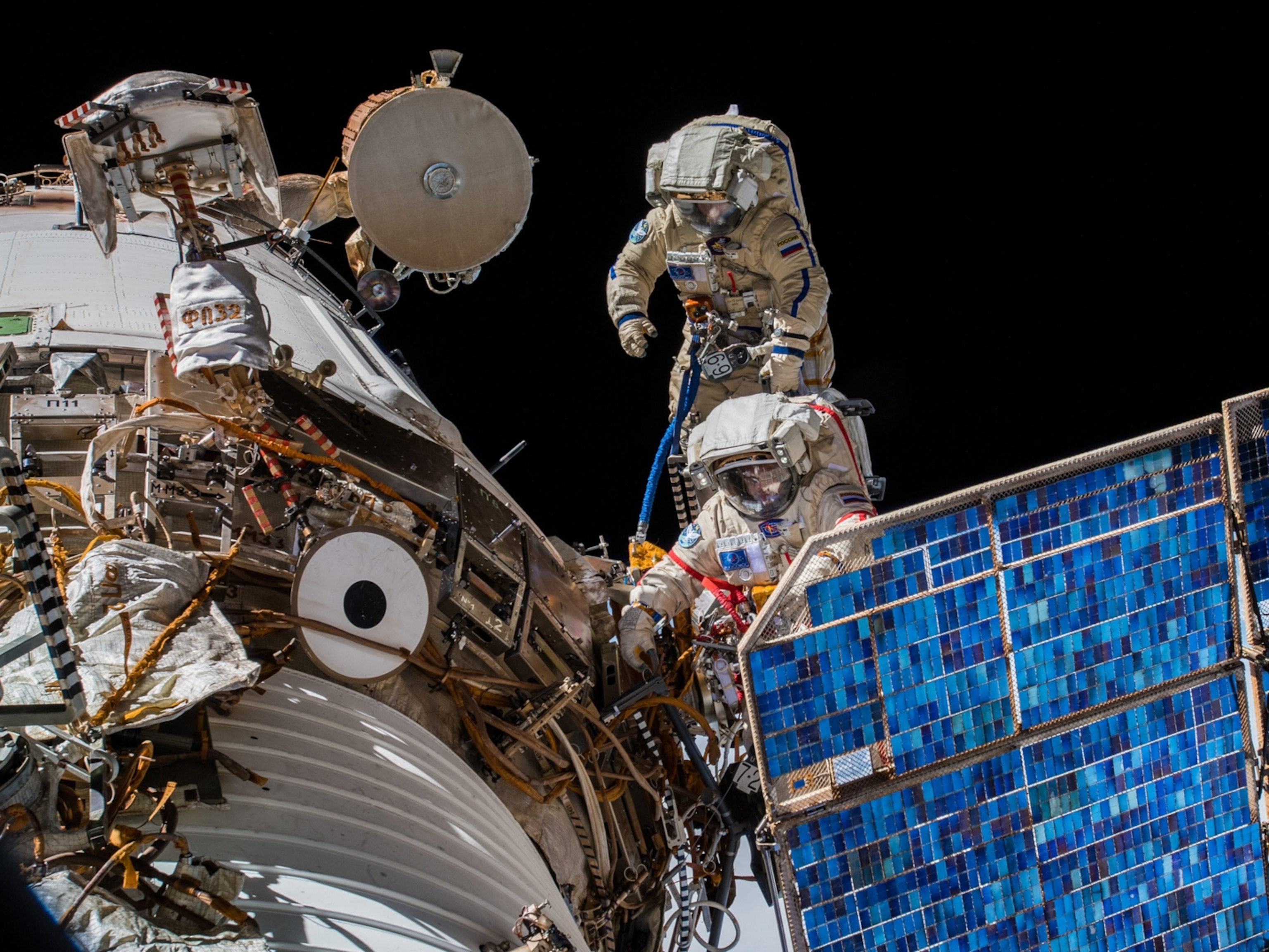
"Shocking" Greenland Ice Melt: Global Warming or Just Heat Wave?
Nearly entire sheet surface melted after four days—fastest thaw seen by satellites.
After just a few days of intense melting this month, nearly the entire of the surface of Greenland's massive ice sheet had turned to slush, NASA images show—the fastest thaw rate since satellites began keeping score 30 years ago.
It may be tempting to link the event to global warming, but scientists say such melts might occur every 150 years. If such rapid thaws become common, though, they could add to already rising seas, experts say (Greenland satellite picture).
Most of the thawing occurred in a span of four days. Melt maps from satellites show that on July 8, about 40 percent of the ice sheet's surface had melted. By July 12 that figure had jumped to 97 percent. (Best Satellite Pictures: Winning "Earth as Art" Shots From NASA.)
For comparison, satellite records from the past three decades show that, on average, about half of Greenland's ice sheet surface melts at some point each July (interactive: Greenland's vanishing ice).
The swiftness and extent of the July thaw surprised some scientists. "This was so extraordinary that at first I questioned the result: Was this real or was it due to a data error?" study team member Son Nghiem of NASA's Jet Propulsion Laboratory in Pasadena, California, said in a statement.
The melt even reached Greenland's coldest and highest place, Summit Station, 2 miles (3.2 kilometers) above sea level.
"As far as we can tell, that hasn't occurred during the satellite era. In fact, it hasn't occurred during our lifetime," study team member Thomas Mote, a climatologist at the University of Georgia, told National Geographic News.
(Pictures: "Changing Greenland" in National Geographic magazine.)
Greenland Flash Thaw Part of Natural Cycle?
Lora Koenig, a glaciologist at NASA's Goddard Space Flight Center in Maryland, noted that such events are known to have happened before, in the pre-satellite era.
"Ice cores from Summit show that melting events of this type occur about once every 150 years on average," with the last one happening in 1889, Koenig, a member of the NASA team analyzing the satellite data, said in a statement.
(Also see "Greenland Ice Shows Rapid Climate Flips.")
Because of this, it's difficult to say whether global warming was a factor in this latest event. Given the decades-old ice-core evidence, "you could make the case that it's not unexpected to see it now," the University of Georgia's Mote said.
Making it even harder to pin down a cause, the big thaw coincided with the formation of a high-pressure ridge over Greenland, which pulled in warm air from over the central Atlantic Ocean.
"So you had this warm pool of air just sitting literally over the top of the ice sheet," Mote said. "It's similar in character, but not in magnitude or duration, to what we're seeing over the Great Plains that's associated with the drought" in the United States.
(Related: "Not So Fast: Greenland Ice Melting, But Slower Than Thought" [2006].)
Further Rapid Melts Could Affect Sea Levels
Glaciologist Alexander Robinson, who wasn't involved in the satellite study, called the extent and speed of the recent thawing "shocking."
"I think it's an intriguing result," added Robinson, of Germany's
Potsdam Institute for Climate Impact Research. "And I think it's going to provoke some studies to investigate whether this type of weather pattern could've been provoked by global warming."
So far any effects of the vast thaw seem just as hard to pinpoint as the causes. In July, for example, flooding plagued some Greenland rivers, but, Mote said, "we cannot tie it to this event."
But if this kind of widespread thawing does occur more frequently due to climate change, scientists say it could contribute to rising seas.
Such widespread melts would make it harder for the so-called firn—compacted snow on the outside of an ice sheet—to reabsorb the melted ice water.
"If you get some melt at the surface and you have a thick firn layer, then it can refreeze, and the refrozen water turns into ice again," Robinson explained.
"But if you have repeated melting and refreezing of the ice sheet, what ends up happening in the long term is you reduce the thickness of the firn layer, and that reduces the capacity of the ice sheet to refreeze."
Scientists estimate that if all of Greenland's ice sheet were to melt, the global sea level would rise by 23 feet (7 meters).
"To be perfectly clear, that is not what we're seeing," Mote said. "Greenland is losing mass, but it would take a very long time to lose all of that mass."




